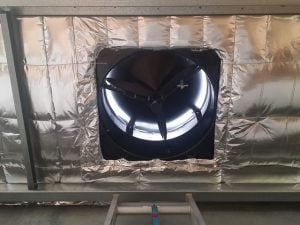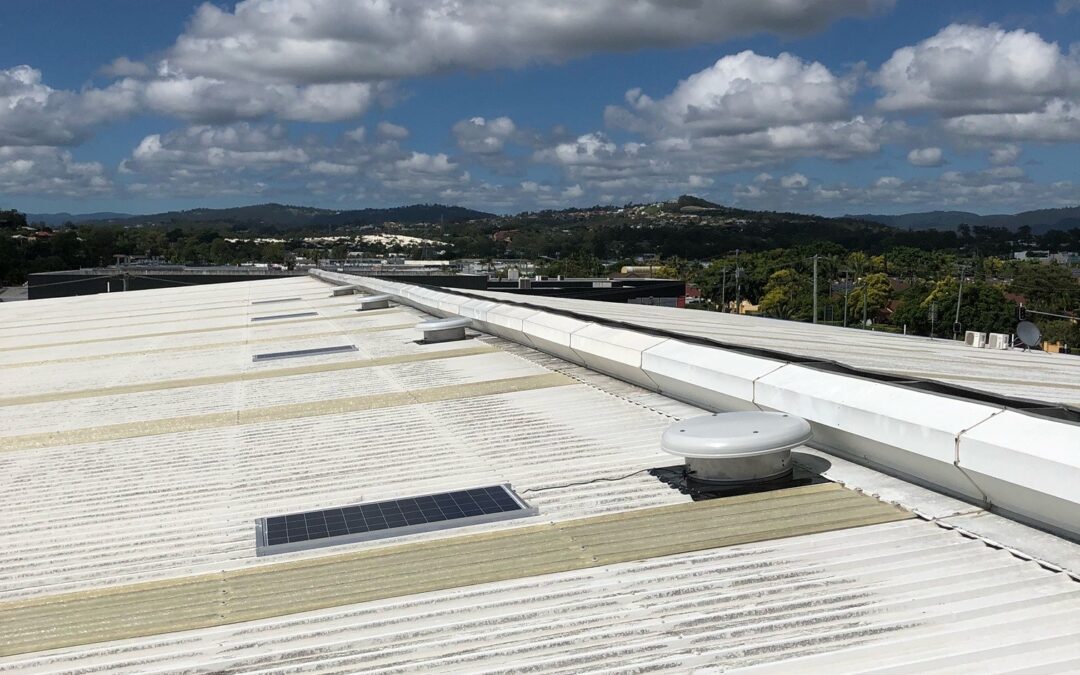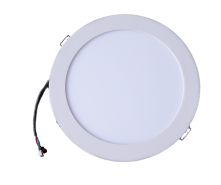What’s so Important About Commercial and Industrial Roofing and Roof Vents?
Commercial and Industrial businesses and buildings host all kinds of activities and store all types of goods or products. Exhaust fans for industrial use are important because they ensure worker health and safety as well as goods and machinery condition. Buildings need to be well-ventilated to keep them cool, fresh and dry.
Poorly ventilated establishments can become too hot during summer as the sun heats up buildings like ovens. If conditions are too hot then workers are put at risk of heatstroke, and the longevity of stored items or machinery could be compromised. Additionally, if the space is used for welding or other similar activities harmful fumes could build up indoors.
What Should You Be Looking For in an Industrial-grade Ventilation Solution?
Industrial whirlybirds are the go-to solution for ventilation issues in commercial and industrial establishments. However, given the importance of efficient systems that deliver the results required it is imperative that you choose the right industrial ventilation solution for your application, rather than the standard go-to solution.
1) Don’t depend on passive ventilation
Passive ventilation (also known as natural ventilation) makes use of forces such as wind and heat convection to circulate and ventilate open spaces. Methods of passive heating and cooling most frequently use design aspects like window placement, insulation and floor-planning.
Traditional whirlybirds are a form of passive ventilation because they depend on wind and rising heat to operate. When the wind from outdoors moves over the fins on a whirlybird the blades rotate and form a vacuum that extracts air from the below roof space.
This works well if there are consistently high winds to power the whirlybird and if there’s enough existing heat inside to rise to the ceiling. However, if these factors are missing then you are unlikely to have sufficient ventilation to keep your workers, machinery and stock safe.
2) Use mechanical ventilators

3) Use renewable energy
Solar whirlybirds are mechanical ventilators that work as exhaust fans and are ideal for commercial and industrial installation. Battery-powered ventilators are usually inefficient in story energy to operate exhaust fans and can be damaging for the environment. Additionally, mains-powered ventilators often consume large quantities of energy to operate.
Conversely, Solar Whiz units can operate entirely on solar energy, cutting energy costs and emissions. Our industrial whirlybirds are expertly designed for the Australian climate to maximise airflow and exhaust power. The PV panels that power our solar whirlybirds are extremely high quality and can operate the exhaust fan even in overcast and rainy conditions.
As you can clearly see, commercial and industrial roof vents and ventilation are no joke. Solar whirlybirds are by far the best and most efficient ventilation option. If you need powerful exhaust fans to ventilate and maintain a healthy workplace, look no further than Solar Whiz!
Don’t miss out: Solar Whiz Commercial Ventilation Case Studies for real-world success stories and find out how Solar Whiz is making our recent customers happy with effective and smart ventilation solutions.
Frequently Asked Questions
What's the drawback of relying on traditional whirlybirds for ventilation?
Traditional whirlybirds rely on passive ventilation, requiring consistent winds and heat convection. This method may fail to provide sufficient ventilation, especially in areas lacking these factors, compromising the well-being of workers and the quality of stored items.
What challenges can arise in commercial or industrial spaces with poor ventilation?
Insufficient ventilation can lead to excessive heat buildup, posing risks like heatstroke for workers. Additionally, poorly ventilated areas may compromise the longevity of stored goods or machinery and create an unsafe environment for activities such as welding due to the accumulation of harmful fumes.
How do solar whirlybirds address energy efficiency concerns in industrial settings?
Solar whirlybirds like Solar Whiz operate entirely on solar energy, reducing reliance on traditional power sources. This not only cuts down energy costs but also minimises the environmental impact. The high-quality PV panels ensure continuous operation, even in overcast and rainy conditions, making them an energy-efficient and sustainable choice for industrial ventilation.
What specific considerations are essential when choosing ventilation solutions in the Australian climate?
It is essential to choose solutions tailored to the Australian climate. Solar Whiz units are designed for these conditions, our solar exhaust fans excel in maximising airflow and exhaust power, ensuring superior performance in diverse weather conditions and effectively addressing unique challenges posed by the Australian environment.
How can Solar Whiz impact the overall productivity of workers in industrial spaces?
Solar Whiz significantly influences industrial productivity by creating a comfortable, safe working environment. Minimising heat-related discomfort, preserving goods, ensuring machinery integrity, and improving workspace air quality directly contribute to optimised worker efficiency and overall operational productivity.
Quote Request
Quote Request
View Our
Updated on: November 23, 2023.




